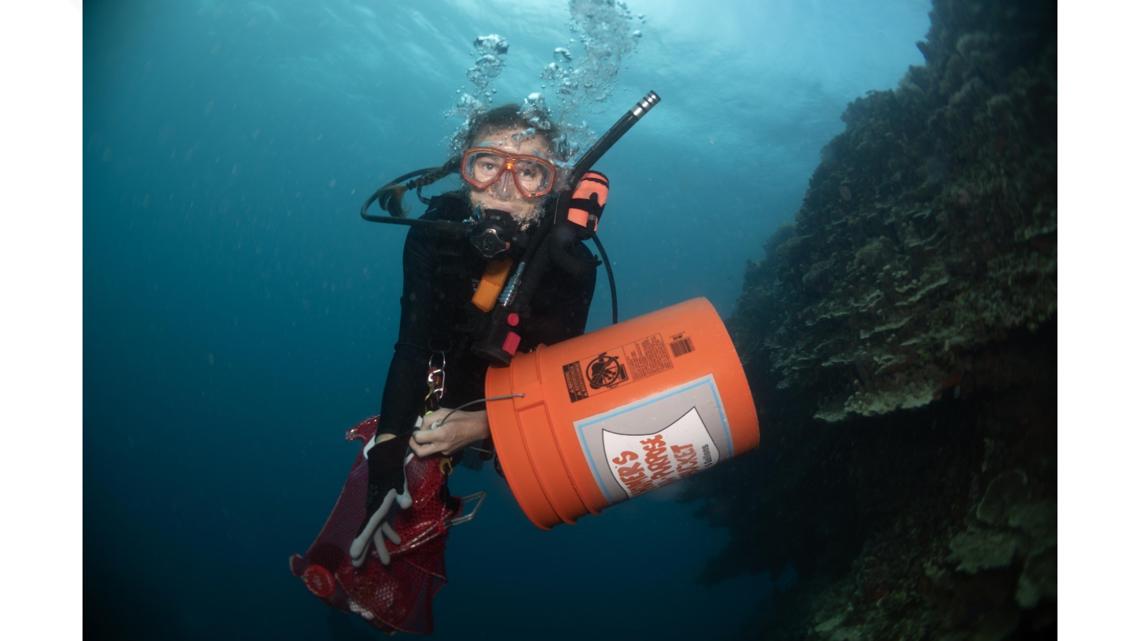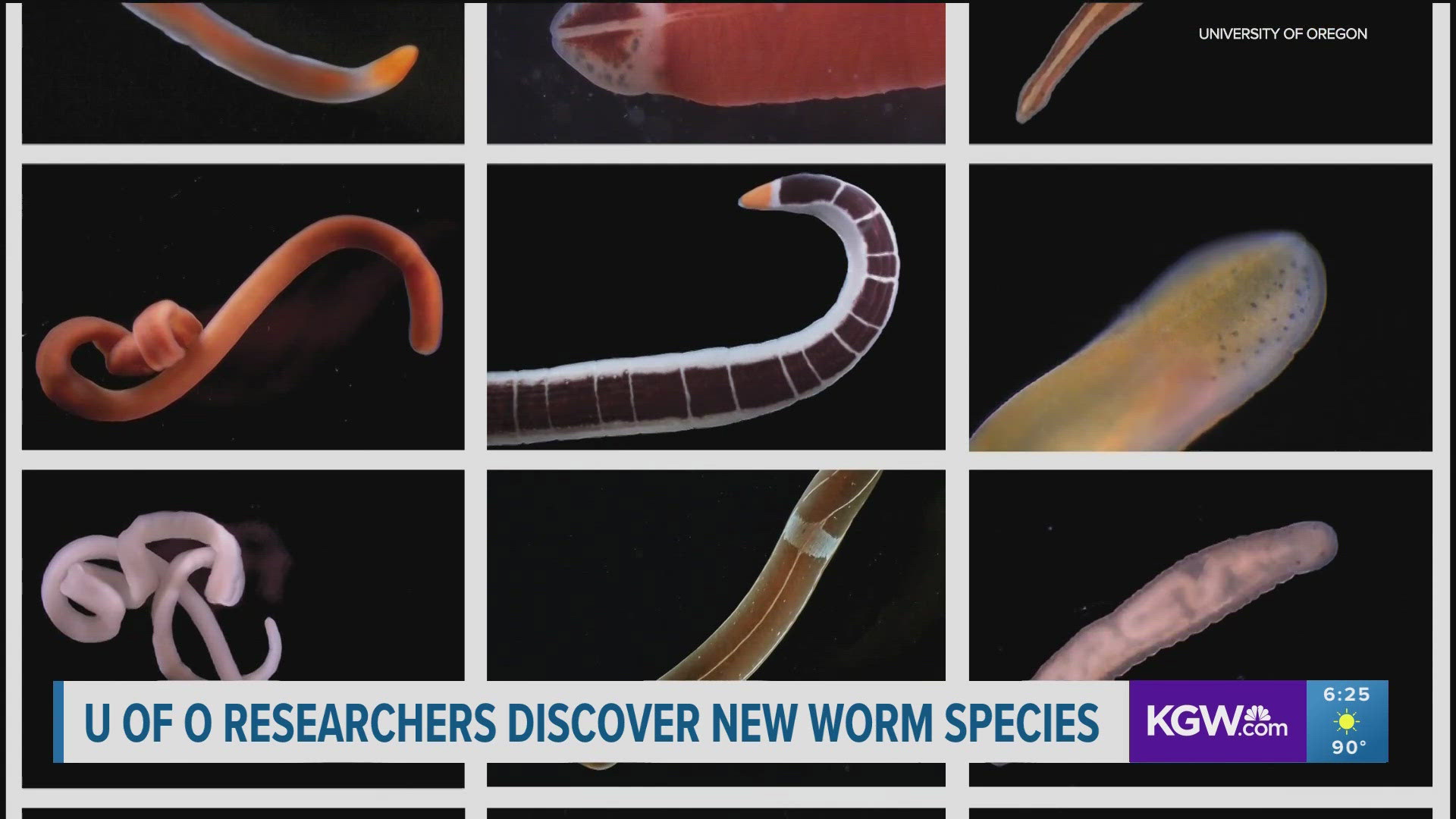PORTLAND, Ore. —
Typically, the discovery of a new species is something special, as a new kind of plant or animal enters the annals of science. So, you’d think when 11 new species of ocean worm were discovered all at once, it would be cause for celebration.
For Svetlana Maslakova, it was just another day in the lab.
“This is about the least amount of discovery we've done in recent years,” said Maslakova, a biology professor at the University of Oregon and a leading expert on ribbon worms, also known as nemerteans. “We find hundreds of new species all the time.”
And while these new species may not be groundbreaking, they demonstrate how much is yet to be discovered in our oceans.
“It just emphasizes just how much there is still to learn about marine biodiversity,” Maslakova said.
These particular specimens came from Bodega Bay, north of San Francisco, and were remarkable because they came from an area that’s been extensively studied for roughly 200 years.
A researcher from California sent the creatures to Maslakova, and she worked with doctoral student Christina Ellison to extract and sequence DNA from each worm, identifying 11 of them as previously undescribed by science.
Nemerteans come in all sizes and colors. Some are small and pink, others as long as a whale with bright orange coloring or stripes.
They also secrete biotoxins that have the potential for a wide array of medical uses, Maslakova said.
“These particular worms that we study, nemerteans, have been investigated for their potential to treat Alzheimer's disease and schizophrenia,” she said. “Some may be curing cancers; some may be painkillers.”
And while the new discoveries are promising, Ellison said that changing ocean conditions, mostly due to climate change, have created pressure to find these creatures before they go extinct.
“It's very exciting to find all these new nemerteans but also very scary because it feels like a race against the clock,” Ellison said. “This is happening all over the place with other creatures too, with scientists trying to catalog and conserve them knowing how fast the world is changing. And in our research field, where there's so few people, there’s this burden to do everything we can as quickly as we can because we can't rely on anyone else."
It was a sentiment that Maslakova echoed.
“It is important because the world is changing so fast, the habitats are degrading, the climate is changing globally,” she said. “We're losing species, and we don't even know what we're losing.”


And that could have profound implications for the worms’ use in medical research.
“People find practical and medical applications in the most unlikely places, but we don’t fully know what kinds of bioactive compounds nemerteans have,” Maslakova said. “The lack of knowledge and rapid biodiversity loss we’re experiencing right now is a tragedy on many levels.”
That’s why Maslakova has traveled the world, helping to train more biologists on nemertean identification. When KGW spoke with her, she was en route to Bocas del Toro, Panama, where she’s conducting workshops to help guide other biologists.
“I have this job, this mission, regardless of whether it brings money or glory,” Maslakova said. “It is my life's mission because I have the expertise so few have, so I need to produce and get it out so others can access the information before I’m no longer able to.”

